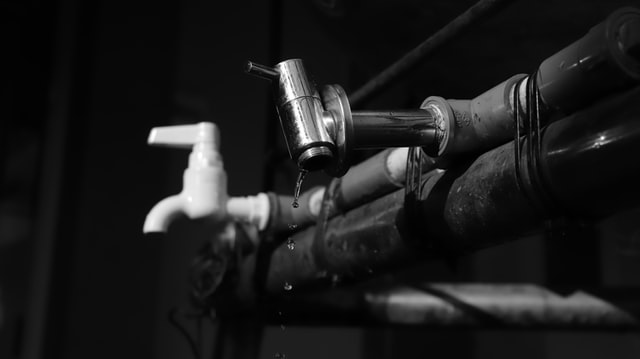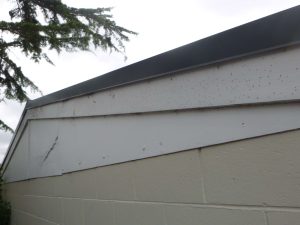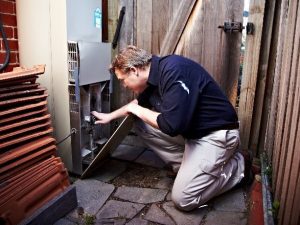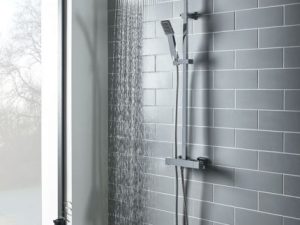
From the 1940s until the 1960s low pressure, open-vented systems provided the hot water supply for New Zealand houses.
In order to provide adequate hot water supply pressure, cold water is stored in a header tank located at a higher level than the storage water cylinder. This is most often located in the ceiling space but sometimes on the roof from which water is gravity-fed into the bottom of the water cylinder.
As the water is heated, it rises to the top of the cylinder where it’s drawn off through taps or shower outlets and will be replaced from the header tank. The gravity feed provides water pressure that pushes the water to the outlets, as long as they are at a lower level than the stored water. As heating causes the water within the cylinder to expand, an open-vent pipe provides an outlet for excess pressure which is released onto the roof.
How to Identify if You Have a Low Pressure Hot Water System
If there is a noticeable difference in the water pressure between your hot and cold taps, with the cold tap having a much higher pressure you most likely have a low-pressure system.
When hot water taps are being used in different parts of the house the system will struggle, for instance, your shower goes cold as the dishes are being washed.
The house will have a header tank either in the ceiling or on the roof made of polythene, copper or concrete. There will be a copper overflow pipe protruding from the roof and a large pressure reducing valve on the cold water inlet.
Potential Problems to be Aware Of with Low Pressure Hot Water Cylinders
New Zealand being an earthquake prone country could lead to a negative impact on properties with an old header tank and hot water cylinder.
Header tanks, particularly concrete ones are very heavy and will cause serious damage if they were to fall over or crash through the ceiling, potentially injuring people.
It also pays to be aware that due to the heavy weight of header tanks. If the hot water system has been upgraded in an older house the header tank due to its weight and the logistical problems of removing it may have been left in the ceiling unbeknownst to the homeowner.
It is a requirement for hot water cylinders replaced after 1992 to have seismic restraints fitted so that they will not fall over during an earthquake. For ones before 1992, it is a strong recommendation.
The tall metal overflow pipe protruding from the roof, due to its height will be susceptible to wind damage and should have stays fitted to it to stop movement and damage to the roof.
Talk to the experts
If you have or think you have a low-pressure hot water cylinder system and it has not been renovated since 1992 it is wise to have an inspection from a reputable company like Jim’s Building Inspections.




